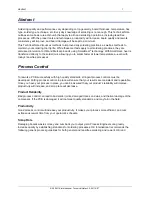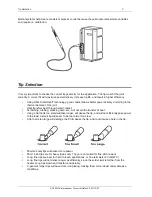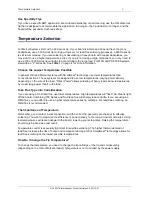
Tip Selection
2
© 2006 OK International. Technical Note v2.2; 05/14/07
Metcal systems help create consistent process control because they eliminate temperature variables
and require no calibration.
Tip Selection
It is very important to choose the correct tip geometry for the application. The tip must fit the joint
correctly. A correct fit will maximize power delivery, increase tip life, and result in higher efficiency.
•
Using OKi’s SmartHeat
®
technology, good contact allows better power delivery according to the
thermal demand of the joint.
•
Heat transfers best through solid contact.
•
Scratching, rubbing, pressing hard, etc., will not aid the transfer of heat.
•
Using a tip that is too small will take longer, will abuse the tip, and will not efficiently pass power
to the load. A small tip will seem to be too cold or too slow.
•
A tip that is too large will damage the PCB, abuse the tip, and could cause a hole in the tip.
•
Shorter, bulky tips will deliver more power.
•
Short, blunt tips are for heavy loads only. They are not suited for fine pitch rework.
•
Long, fine tips are best for hard to reach applications, or fine terminals (20 mil QFP).
•
Long, fine tips will not deliver power as efficiently, since the solder joint is farther from the
heater. Long tips slow heat transfer considerably.
•
In general, larger tips will have more iron plating, making them more robust under abrasive
conditions.


























